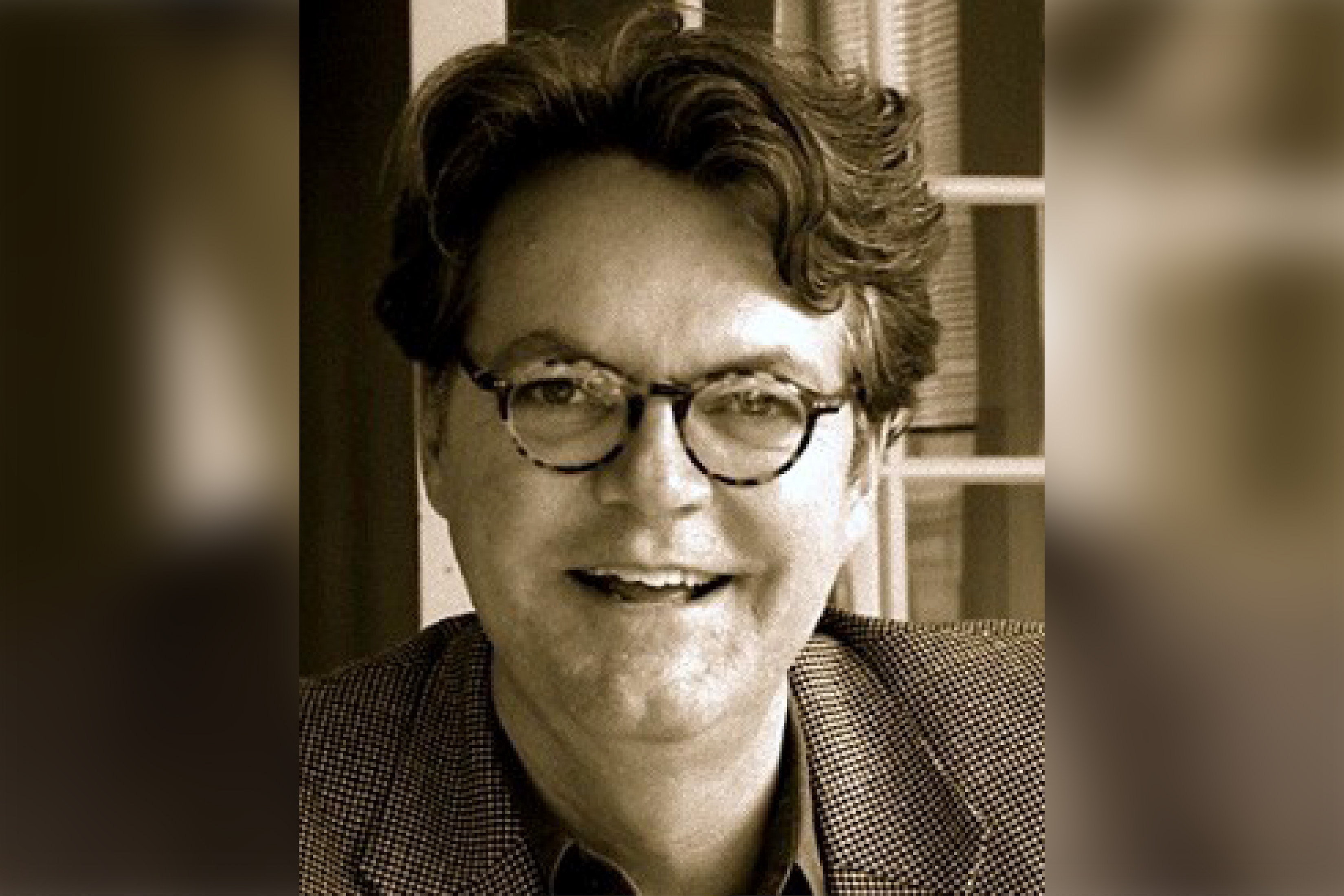A Pioneer of Storytelling through Design
-
-
MIT Technology Review
Filed Under
Recommended

It has been more than 25 years since Gregory Beck ’86 coined the term “experience architecture” to describe what is still an evolving field: bringing story-driven design ideas to everyday places. “It grew from a strong impulse to make architecture more relevant and emotional,” he says.
Beck founded his own firm, Experience Architecture, in 2004 to explore the possibilities of this innovative approach. “There’s so much power in storytelling, which hasn’t traditionally been part of architecture,” he says. “We’re searching for new ways for buildings and cities to speak.”
Over the course of his career, that quest has led him to design large-scale mixed-use complexes; unique spaces for brands including Swatch and Lockheed Martin; interactive media and educational setups for Sony Attraction Group; and immersive theaters like Secrets of the Luxor Pyramid in Las Vegas. These projects often incorporate media technology and digital information to help convey an overarching narrative.
The idea that built spaces should offer visitors a more engaging experience has transformed commercial and civic design in recent years. Any of the top 50 retail brands would expect a design firm to create not just a beautiful space but one that tells a story, Beck says. “We should think of architecture as public art and feel free to criticize and demand better of it.”
Beck says his ideas about what architecture could be were blown open at MIT, where he studied during the early years of the Media Lab. The curiosity that he developed at the Institute has become a lifelong theme of his career. He applied the concept of storytelling in design to his position at the Savannah College of Art and Design, where he served for five years as dean of the School of Entertainment Arts. And recently, his firm launched two projects that will bring narratives to life on opposite sides of the world.
In Los Angeles, Beck is collaborating with Netflix to create events inspired by series like Stranger Things and The Queen’s Gambit. And in Macau, near Hong Kong, he’s working on a resort that will include a casino, a 1,500-seat theater, and a variety of family-friendly attractions incorporating what he describes as “cutting-edge media technology” which he says will “tell the grand stories of Asian culture.”
“I never would have thought leaving MIT that I’d be working in Macau,” says Beck, who is currently based in Amsterdam. “I’m only scratching the surface of this evolution in architecture—it’s very exciting to think that so much lies ahead.”
This story also appears in the November/December issue of MIT Alumni News magazine, published by MIT Technology Review.
Photo illustration by Gretchen Neff Lambert; image courtesy of Gregory Beck







